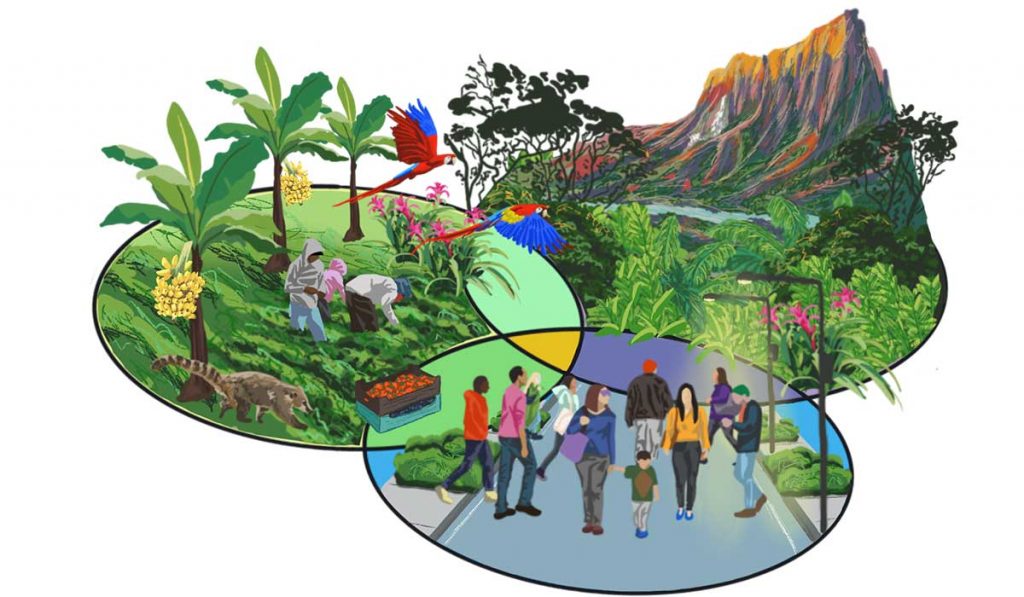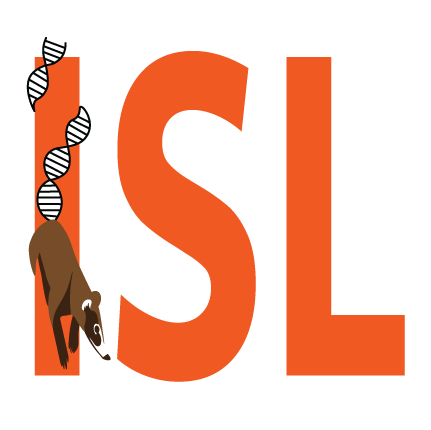ISL facilities strive for minimal dependency on outside resources and services AND to minimize their impact on the environment
FOOTPRINT

A major challenge with expanding molecular laboratory infrastructure is the amount of plastic waste produced. Most molecular laboratories rely heavily on single-use plastic materials (pipette tips, sample tubes, PCR plates, parafilm, plastic wrap, etc). Completely eliminating single-use items is not possible due to the need to avoid contamination. However, measures can be taken to reduce overall environmental impact, and we encourage partners to discover and share more ways that they come up with.
- Carefully study the steps of each laboratory protocol, and modify the procedures to reuse tips wherever possible. We do this frequently for sample extraction, PCR prep, and sample clean-up. In these cases, except for the final elution, it is usually possible to dedicate one tip/sample to multiple steps. In other words, never use the same tip for multiple samples, but you can use the same plastic tip for multiple steps on the same sample.
- Purchase plastic tips in bulk (unracked) once you have enough tip boxes for the lab. This adds some extra work in terms of racking tips, but it saves a LOT of plastic waste. As tip boxes wear down over time, then purchase more pre-racked tips.
- By ingredients in bulk. Larger quantities are cheaper and come in fewer plastic containers. NOTE, make working aliquots of those reagents to avoid contamination of a bulk ingredient.
- Recognize when contamination would not be a problem and reuse associated items.
- Agarose gels and TBE or TAE solution
- Tubes used to measure fluorescence (i.e. Quantus or Qubit tubes)
- Create separate waste streams for recyclables. THIS SHOULD BE INTUITIVE!
The ability to produce laboratory quality water is a key element of being sustainable and independent. Molecular laboratories typically use three categories of water – untreated, Type III, and Type I/II water. In this case, untreated refers to drinking water, and NOT natural water from a river, lake, or sea. Wikipedia provides a nice description of purified water types that are used in laboratories.
We RECOMMEND installing a tank or reservoir that allows access to a working supply of distilled or reverse osmosis (RO) water, in case there is a short term utility outage. The following chart can help to choose the best context-specific water system.
|
Water System Options |
Description |
|
No water system |
|
|
Tap water + RO or Type III purifier |
|
|
Tap water + RO or Type III purifier + Ultra purification (UP) system (TypeI/II) |
|
There are a large variety of solutions used by molecular laboratories, some of which must be purchased from a commercial vendor – PCR reagents and sequencing reagents especially. Beyond these, much of what a laboratory needs can be made in-house by purchasing the dry ingredients and making them from scratch (assuming access to a large supply of ultrapure water). This is beneficial not only to save costs, but also to prevent the lab from shutting down if supply chains break down or there are global shortages of certain ingredients (as occurred during the COVID-19 pandemic). Below is a list of solutions that are helpful to make in-house, but others should be considered depending on need and access to the base ingredients.
NOTE: equipment needs include hot-plate, magnetic stirrer, pH meter, graduated cylinders (various sizes), precision scale, autoclave, UV light chamber, refrigerator, plastic tubes and storage bottles
| Prepared Solutions | Base Ingredients |
|
|
